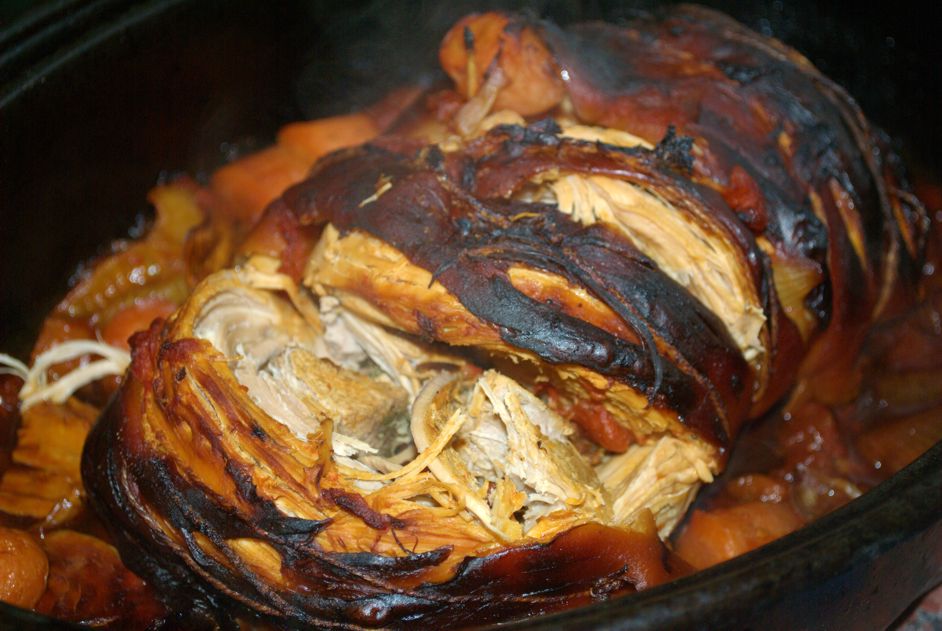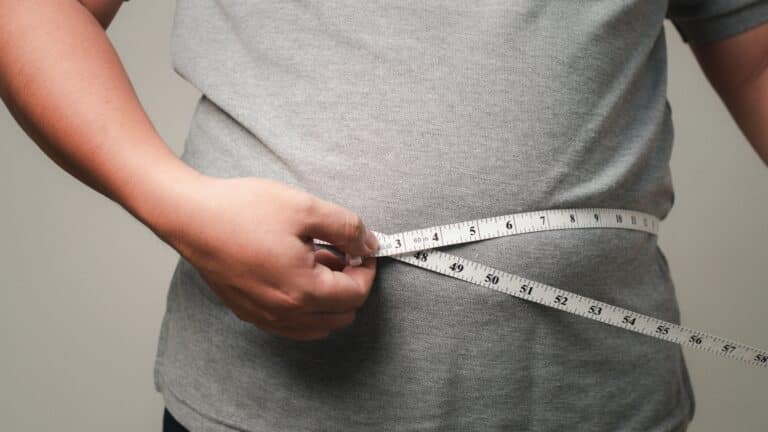Hurricane Fiona has made landfall in the Dominican Republic, a day after the storm knocked out power across Puerto Rico and caused what the island’s governor described as “catastrophic” damage.
The Dominican Republic was battered on Monday by “extremely heavy rainfall” and winds as strong as 145km per hour (90mph), Eric Blake of the US National Hurricane Center (NHC) said.
Juan Salas, director of the country’s Office of Civil Defence, said about 800 people were evacuated from high-risk areas, as well as away from near rivers and ravines in rural communities in the east.
As much as 380mm (15 inches) of rain was projected for the eastern Dominican Republic, where authorities told most people to stay home and banned the use of beaches.
Juan Manuel Mendez, director of the Dominican Emergency Operations Center, warned that the rains may persist for two days, even as the eye of the hurricane is expected to move away from Dominican territory later on Monday.
Meanwhile, no deaths were reported in Puerto Rico, where the hurricane made landfall on Sunday, but authorities said it was too early to know the full extent of damage from the expansive storm that was still forecast to unleash torrential rain across the United States territory.
“The damages that we are seeing are catastrophic,” Puerto Rico’s Governor Pedro Pierluisi said.
US President Joe Biden approved an emergency declaration for Puerto Rico on Sunday, authorising the Federal Emergency Management Agency (FEMA) to coordinate disaster relief and provide emergency protective measures.
Puerto Rico’s electricity grid remains fragile after Hurricane Maria in September 2017 caused the largest blackout in US history.
In that Category 5 hurricane, which killed more than 3,000 people, 1.5 million customers lost electricity, with 80 percent of power lines knocked out. Thousands of Puerto Ricans still live under makeshift tarpaulin roofs.
Up to 760mm (30 inches) of rain was forecast for Puerto Rico’s southern region.
“It’s important people understand that this is not over,” said Ernesto Morales, a meteorologist with the National Weather Service in San Juan. He said flooding reached “historic levels”, with authorities evacuating or rescuing hundreds of people across the island.
Nearly 90 percent of Puerto Rico remained without power on Monday, according to the website Poweroutage.us, which tracks outages. Officials said it would take days to reconnect the whole island of 3.3 million people.
Before dawn on Monday, authorities in a boat navigated the flooded streets of the northern coastal town of Catano and used a megaphone to alert people that the pumps had collapsed, urging them to evacuate as soon as possible.
Authorities said at least 1,300 people spent the night in shelters across the island.
Brown water rushed through streets and into homes, and it consumed an airport runway in southern Puerto Rico.
Fiona also ripped asphalt from roads and washed away a bridge in the central mountain town of Utuado that police said was installed by the National Guard after Hurricane Maria.
The hurricane also tore the roofs off homes, including that of Nelson Cirino in the northern coastal town of Loiza.
“I was sleeping and saw when the corrugated metal flew off,” Cirino said as he watched rain drench his belongings and wind whip his colourful curtains into the air.
Fiona was centred 55km (35 miles) southeast of Samana in the Dominican Republic, with maximum sustained winds of 150kmph (90mph) on Monday morning, according to the NHC. It was moving to the northwest at 13kmph (8mph).
Tropical storm-force winds extended out for 240km (150 miles) from the centre.
Forecasters said the storm was expected to emerge over the Atlantic in the afternoon and pass close to the Turks and Caicos islands on Tuesday. It could near Bermuda as a major hurricane late on Thursday or Friday.
Fiona previously battered the eastern Caribbean, killing one man in the French territory of Guadeloupe when floods washed his home away, officials said.





















Discussion about this post